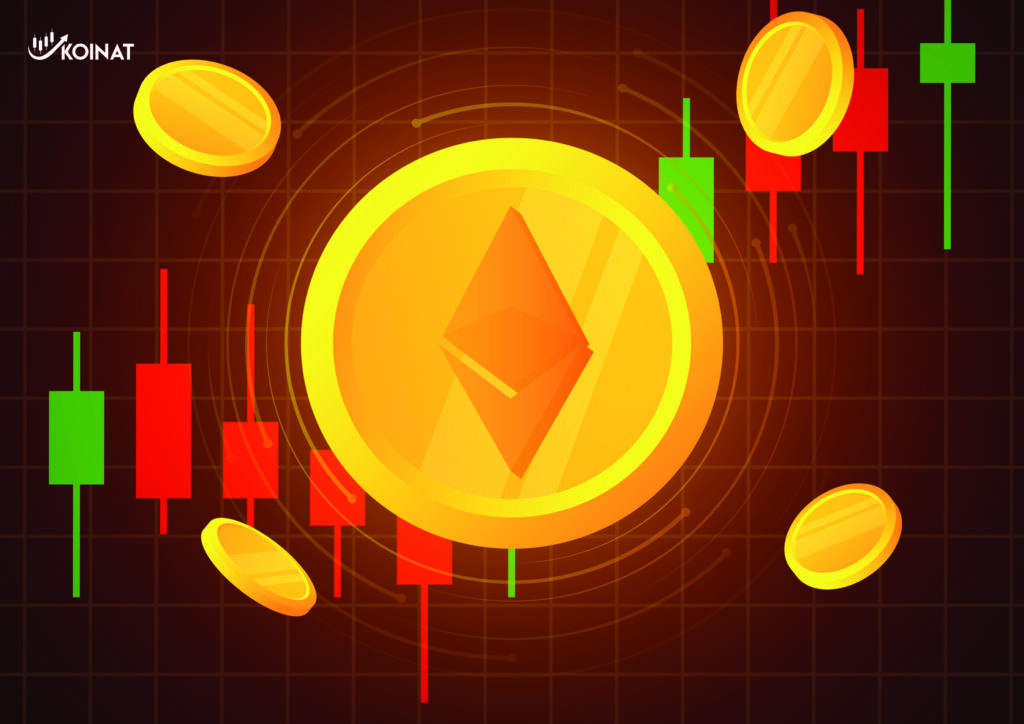
The price of Ethereum (ETH) is facing significant resistance at $1,920 following a 17.5% rally from June 15 to June 22. Various factors have contributed to the limited upward movement, including challenging macroeconomic conditions, regulatory concerns in the cryptocurrency space, and decreased demand for decentralized applications (DApps) on the Ethereum network.
On June 26, a federal judge rejected a motion from Binance that aimed to prevent the U.S. Securities and Exchange Commission (SEC) from making public statements related to the case.
Furthermore, HSBC Asset Management’s mid-year outlook report predicted an economic downturn in the United States in the fourth quarter, followed by a “year of contraction” and a European recession in 2024. The report also highlighted an increase in corporate defaults.
Additionally, the International Monetary Fund’s chief economist, Gita Gopinath, stated on June 27 that central bankers should maintain high interest rates for longer than expected. This suggestion came amid concerns about tightening monetary policy.
Usage of DApps on the Ethereum network failed to gain momentum, with gas fees dropping by 60%. Notably, the average transaction cost over a seven-day period decreased to $3.7 on June 26, down from $9 four weeks earlier.
The decline in usage was particularly evident in Uniswap and MetaMask Swap, while many non-fungible token (NFT) marketplaces experienced an increase in unique active wallets (UAW).
However, a more significant concern arises from the total value locked (TVL), which measures the deposits locked in Ethereum smart contracts. The TVL reached its lowest level since August 2020, declining by 6.9% between April 28 and June 28, totaling 13.9 million ETH, as reported by DefiLlama.
Considering professional traders’ positions for the next ETH price movement, Ether futures provide insights into the likelihood of ETH/USD breaking above the $1,920 resistance.
ETH quarterly futures are commonly used by large traders and arbitrage desks. Usually, these fixed-month contracts trade at a slight premium compared to spot markets due to the additional fee for postponing settlement.
In healthy markets, ETH futures contracts should trade at a 5-10% annualized premium, a situation known as contango.
However, based on the futures premium, also known as the basis indicator, professional traders have been avoiding leveraged long positions (bullish bets). Despite a modest improvement to 3%, the metric remains below the neutral 5% threshold.
To assess potential external influences on Ethereum futures, it is necessary to analyze the ETH options markets. The 25% delta skew indicator, which compares call (buy) and put (sell) options, turns positive when fear prevails due to higher premiums on protective put options.
